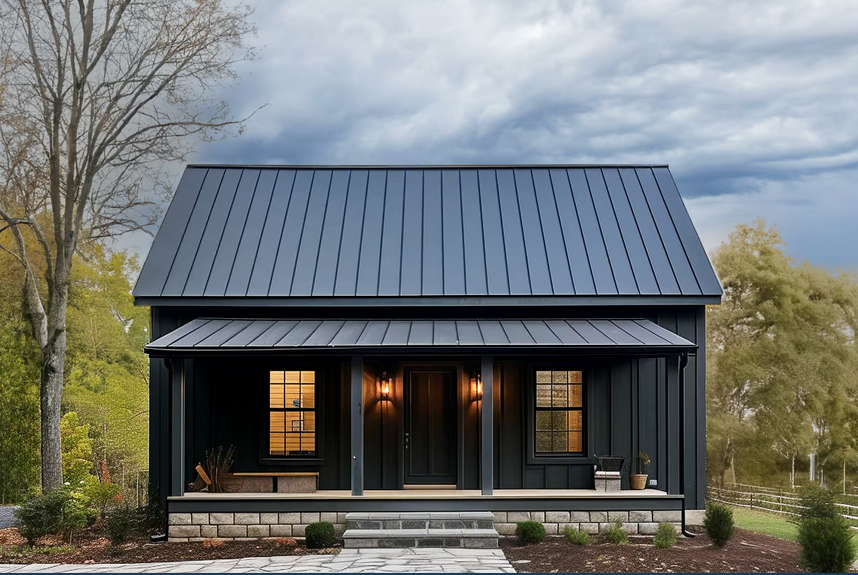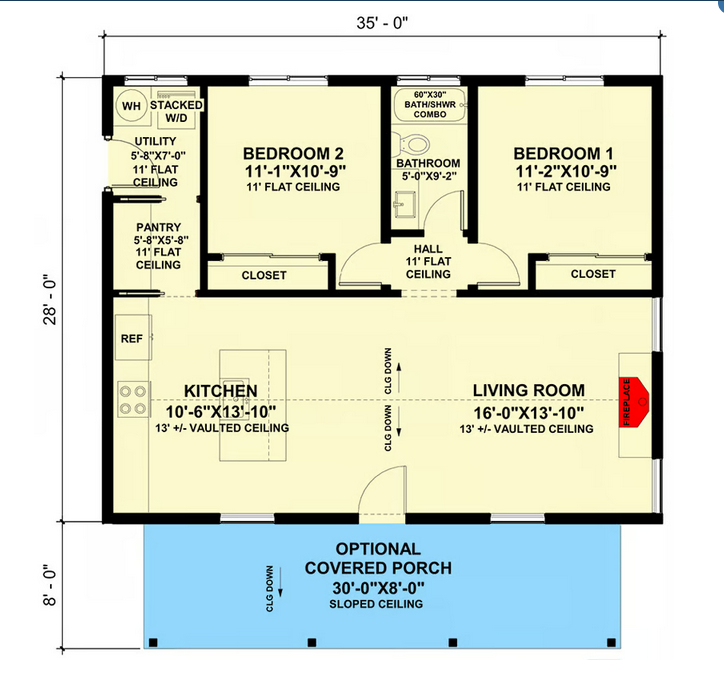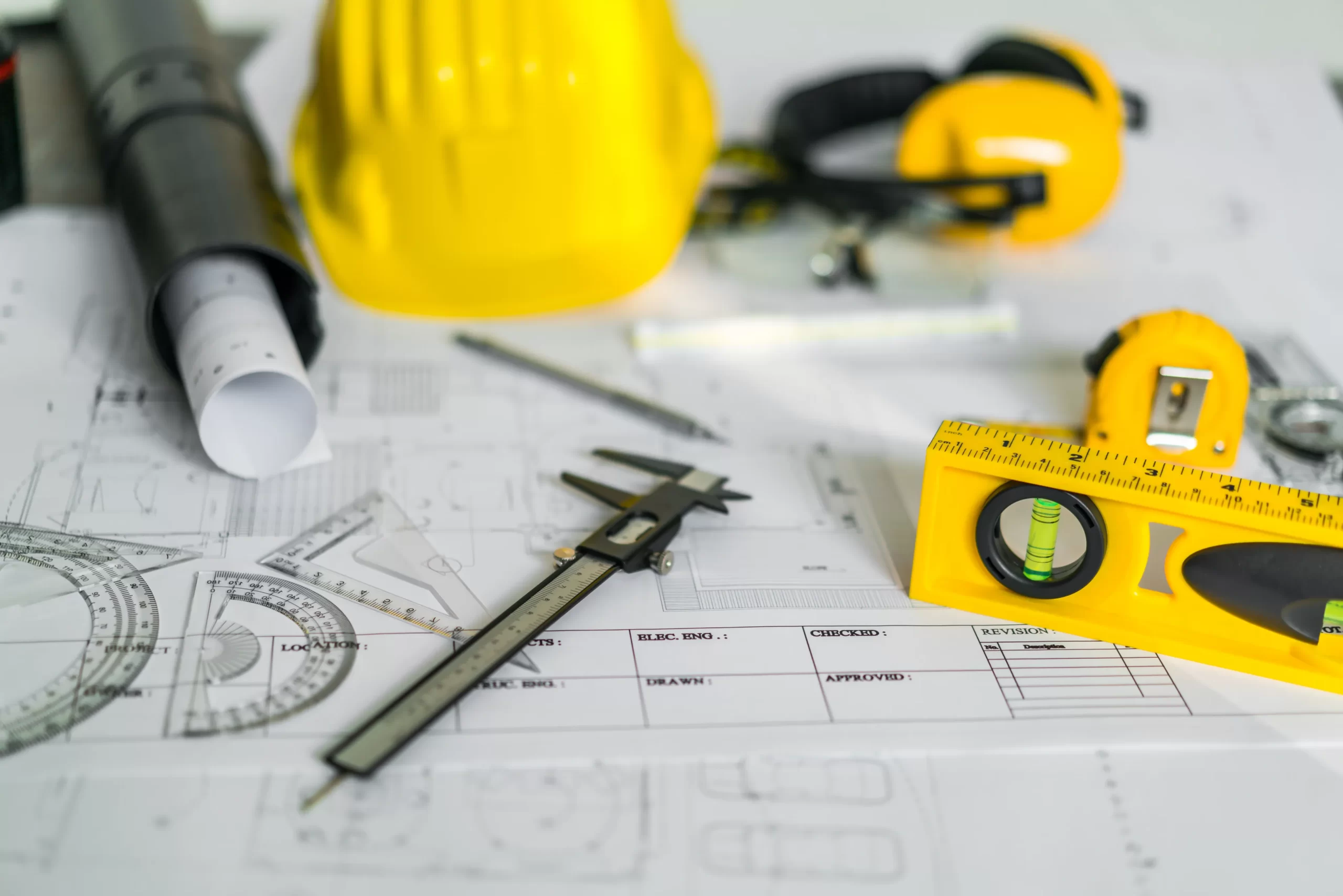ADU & DADU Construction in Monroe, WA


Introduction to ADU Construction
1. Research and Planning
We Understand Local Regulations: We verify zoning laws, permitting requirements, and building codes in your area. We ensure that your property qualifies for an ADU and review size, height, and setback restrictions. Once we confirm the site details, we can move forward towards design and permitting.
We Guide You Through Deciding A Purpose and Budget: You can choose whether the ADU will be for rental income, a family member, or personal use. Set a realistic budget, including construction, permits, and utility hookups.
We Help Design the ADU: Choose between detached, attached, or conversion options (e.g., garage or basement). We can provide plans to choose from, or help coordinate an architect to design custom ADU plans that will pass permittting and inspections.
2. Secure Necessary Permits
We Submit Plans for Approval: We present detailed construction drawings, site plans, and specifications to your local planning department.
Apply for Required Permits: Obtain building, electrical, plumbing, and other relevant permits. You may also need environmental or utility impact reviews, depending on your location.
3. Prepare the Site
DIGS Construction Will Clear and Assess the Land: Remove any obstacles, level the site, and ensure proper drainage.
We Connect Utilities: Coordinate with utility providers for water, sewer or septic, gas, and electrical connections. Plan for separate or shared meters depending on the ADU's intended use.
We Address Foundation Needs: Depending on the design, we prepare a slab, crawl space, or another foundation type.
4. Construct the ADU
Hire Professionals: Work with DIGS a licensed contractor for construction, ensuring compliance with approved plans and codes. We make it easy.
We keep you updated: We manage the project and conduct frequent inspections to ensure timelines are met and quality standards are maintained. We can provide weekly or even daily updates as needed. Permit inspections are required at various stages (e.g., framing, electrical, plumbing). We manage all of this for you.
Choose Your Features: You can add millwork and trim such as baseboards and wainscoting, or keep it simple. You can select from a variety of appliances and enhancements.
5. Finalize and Inspect
Pass Final Inspections: Schedule a final walkthrough with local inspectors to ensure all work complies with regulations and permits.
Obtain a Certificate of Occupancy: Receive formal approval to use the ADU as a livable space.
Furnish and Occupy: Add finishing touches such as furnishings and landscaping. Decide whether to rent, use, or house family members in the completed unit.
We manage these steps and successfully build an ADU that meets your needs while adhering to local requirements.

The Importance of An ADU Builder
Our Comprehensive Site Development Services
Pre-construction Consultation and Planning
Site Clearing and Grading
Excavation and Earthwork
Utilities Installation and Infrastructure Development
Drainage Solutions and Erosion Control
Custom Home, ADU's and DADU Construction
Why Choose DIGS Construction as your ADU Builder in Monroe, WA?
Experience and Expertise
Safety and Compliance
Customer-Centric Approach
Conclusion


Frequently Asked Questions (FAQs)
How long does the development process take?
The duration of the development process can vary depending on various factors such as the project’s size, complexity, and specific requirements. We provide an estimated timeline during the initial consultation based on your project details.
Do you handle all aspects of the construction process including permits and approvals?
Yes, at DIGS Construction, we take care of all aspects of the project development, including obtaining the necessary permits and approvals. Our team has extensive experience in navigating the regulatory processes to ensure compliance and a seamless development experience for our clients.
How much does a construction project cost in Monroe, WA?
The cost of construction projects can vary depending on the scope of work, site conditions, and specific project requirements. Our expert general contractors will provide detailed cost estimates during the consultation phase, tailored to your project needs.
Is erosion control important during site development?
Yes, erosion control is crucial during site development to prevent soil erosion, protect the environment, and maintain the integrity of the site. Our team implements effective erosion control measures to ensure compliance with environmental regulations.
What sets DIG apart from other construction companies in Snohomish County, WA?
At DIGS, we pride ourselves on our expertise, customer-centric approach, and commitment to delivering exceptional results on time and on budget. We prioritize safety, quality, and open communication throughout the construction process, ensuring a positive experience for our clients.
About Monroe WA
Monroe, Washington, is a historic city in Snohomish County located at the confluence of the Skykomish, Snohomish, and Snoqualmie rivers, about 30 miles northeast of Seattle. With a population of 19,699 as of the 2020 census, Monroe’s roots trace back to the indigenous Skykomish people, who used the area as a trading post. Settled by American pioneers in the mid-19th century, the town was initially called Park Place before being renamed Monroe in 1890 to honor President James Monroe. The relocation of the settlement near the Great Northern Railway tracks spurred its early development.
The city’s foundation as Park Place began in 1864 when settlers like Henry McClurg and Charles Harriman established homes and services near the Skykomish River. As settlers arrived, Park Place grew into a small community with a school, post office, and ferry crossing. By the 1890s, the area benefited from dairy farming and hops cultivation, although the latter faced challenges from pests and economic downturns. The introduction of the Great Northern Railway in 1892 marked a pivotal moment, as the settlement moved closer to the tracks and was renamed Monroe.
Monroe’s incorporation as a town in 1902 followed a devastating fire in 1901 that destroyed its primary business district. By this time, Monroe had developed into a bustling community with general stores, saloons, sawmills, and shingle mills. The construction of a municipal water system and infrastructure like bridges and roads in the early 20th century further facilitated its growth. The city also became the site of the state’s second reformatory in 1908, which later evolved into the Monroe Correctional Complex.
The opening of the Pacific Coast Condensed Milk Company’s plant in 1908, producing Carnation brand condensed milk, cemented Monroe’s place as a center of agricultural and industrial activity. The plant significantly boosted the local economy and population until its closure in 1928. By the early 1910s, Monroe also became a hub for education, with the establishment of a union high school to serve surrounding rural districts. Railways remained vital to the city’s connectivity, supporting agriculture and timber industries.
Monroe transitioned into a suburban bedroom community in the late 20th century, serving commuters to nearby cities like Everett and Seattle. The city’s strategic location at the junction of U.S. Route 2 and State Route 522, enhanced by road expansions, facilitated its role as a commuter hub. Despite suburbanization, Monroe retains its historical and cultural heritage, exemplified by landmarks such as its old town hall, now a local history museum.
Today, Monroe is best known for hosting the Evergreen State Fair, an annual event that attracts visitors from across the region. The city’s mix of historical significance, modern development, and access to natural beauty near the Cascade foothills makes it a unique blend of tradition and progress. Monroe’s evolution from a trading post to a thriving suburban city reflects its adaptability and enduring appeal.
Through its rich history and strategic growth, Monroe embodies the dynamic spirit of small-town America, maintaining strong ties to its past while embracing modern opportunities.
ADU Contractor in Monroe WA | DIGS Construction
Looking for an ADU Contractor in Monroe WA? DIGS Construction builds custom homes, ADU and DADU structures. From planning, to permits, to project management we guide you all the way. Contact us today for a free consultation.
Product Brand: ADU Construction Monroe WA
Product In-Stock: InStock
5